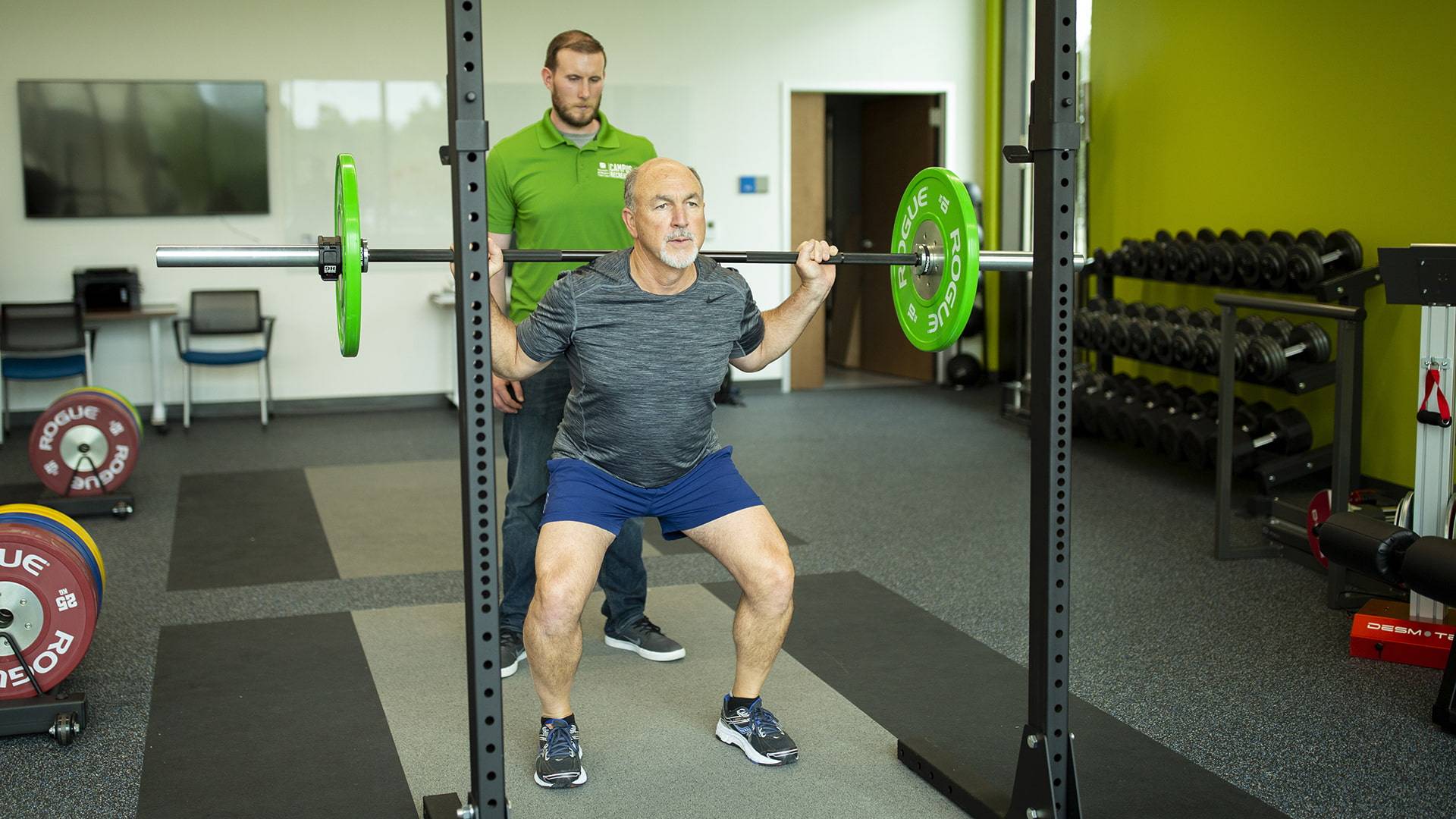Wondering how to sweat out a pandemic from home? UHCL prof offers advice
April 3, 2020 | UHCL Staff

As gyms, sports clubs and exercise classes close their doors to protect the public
from the COVID-19 pandemic, people are looking for ways to replicate their exercise
routines from home. Kirk English, assistant professor of exercise and health sciences at University of Houston-Clear Lake, said that there are lots of ways to maintain
exercise programs as well as find new ways to establish social connections, which
can be a critical aspect of exercise during this period of isolation.
“There are many ways to keep exercising despite gym closings,” English said. “We aren’t
prohibited from going outdoors, and that’s one of the best options: go outside and
avoid cabin fever. That can be a walk, run, or a bike ride. These are accessible activities;
almost everyone can walk. Get outside and get some vitamin D.”
English said that turning to online options can also be helpful, especially for those
who are accustomed to using weight machines or other gym equipment. “There are quite
a lot of exercise platforms that have made their content free or reduced the price,”
he said. “The American College of Sports Medicine and companies like Beach Body are a couple of suggestions. Workout routines are available on social media or you
can find YouTube videos. You might not be able to exactly duplicate your gym workout
— especially if you are very fit — but you can still keep your body active.”
Weightlifting might require a bit more creativity, he said. “You can find heavy things
in your garage and improvise, but replicating heavy, barbell-type resistance exercise
is difficult without specific equipment. Regardless, you can find a gallon of milk,
a can of paint, or even a toddler to lift,” he said. “They don’t weigh as much as
a dumbbell, but they can work. A five-pound bag of potatoes would work as well.”
For those who enjoy the social aspects of working out in a group, club or class as
much as they enjoy the benefits of the workout, these times are particularly tough.
“However, there is a lot of online connectivity available for people who run or cycle,”
he said. “There is running software called RunSocial that allows you to run in a virtual world simultaneously with other runners around
the world. It requires a speed tracker for your treadmill with a Bluetooth transmission
to your tablet computer.”
With your monitor in front of you on your treadmill, English explained that you can
program it so that you’re virtually walking or running anywhere — even the Swiss Alps.
“It’s an interactive and connected exercise experience. It really helps with the boredom
and isolation people are feeling now; you can do it on a bike as well,” he said. “You
can see others riding on the ‘road;’ each rider has their name and the flag representing
their country above their on-screen avatar. It promotes a feeling of integration and
togetherness.”
He said that as a cyclist himself, he would typically go out at least once a week
with a group of other cyclists and this tool enabled him to continue in a virtual
environment. “Now there are so many ways to connect with people virtually, through
social media or otherwise. You can post details of your workout and discuss it or
engage in challenges with friends. It creates social connection,” he said.
Doing exercise with someone, whether they’re physically or virtually with you, helps
and gives you the sense of belonging to a team. “Despite the strain of the pandemic,
we have more tools than ever to work through it,” he said. “We can use technology
to minimize our sense of isolation,” he said. “While we all miss going out, these
social media and virtual platforms can help us maintain physical and mental fitness.”
And in addition to the long-term health benefits of exercise, physical activity also
has immediate health rewards. “Specific to the current pandemic, moderate intensity
exercise boosts immune system function,” he said.
Learn more about UHCL’s Exercise and Health Sciences program online.







